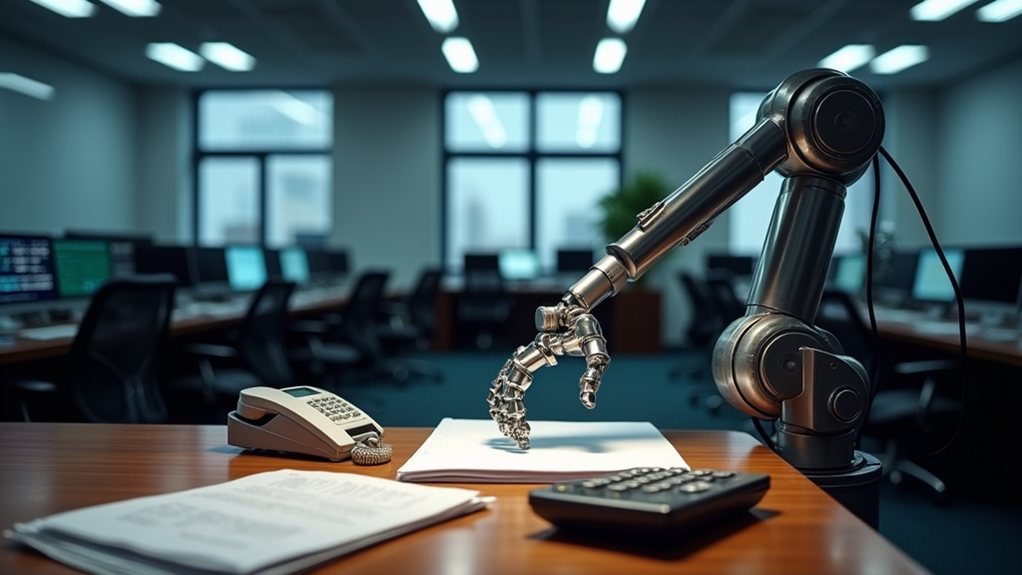Forcing AI into every gadget, from smart fridges to toothbrushes, leaves users annoyed and longing for simpler times—like pre-Skynet. Customers run into confusing chatbot “assistance,” clunky interfaces, and features no one asked for, as companies race to out-robot each other for the “innovation” trophy. Sure, AI can automate stuff, but when a fridge tries to become your nutritionist, things just get weird. The result? Alienated customers, digital chaos, and a strong urge to go analog. Want to know how this AI stampede actually plays out?
Even as the tech world races to slap AI stickers on just about everything—coffee makers, toothbrushes, your neighbor’s dog tracker—one thing’s glaringly obvious: the rush to jam artificial intelligence into products isn’t always driven by logic, or, well, common sense.
Sure, AI adoption is skyrocketing—up 20% year over year, with generative AI use alone leaping from 55% to 75% in just twelve months. But, let’s be real, does your smart fridge really need to “learn” your midnight snack preferences? Or is that just another excuse for an app update that breaks everything? According to recent industry surveys, consumer goods and retail executives in 15 countries are planning to use AI to a moderate or significant degree in the next 12 months, showing just how widespread this trend has become.
Here’s what’s happening behind the scenes:
- Companies, desperate to look cutting-edge, shove AI features into every nook and cranny, often before they’re ready.
- Over half of manufacturers admit they’re not even sure their core systems can handle full AI integration.
- User adaptation? Often an afterthought.
This headlong rush leads to chaos. The Technology Acceptance Model—yep, academics actually study this—shows users value ease of use above all.
But too often, new AI features are clunky, confusing, or just plain annoying. Imagine trying to get a simple answer from a chatbot that spits out a 10-paragraph essay about quantum physics when all you wanted was the store’s return policy. Fast? Sure. Useful? Not so much.
And let’s not forget the human touch. Forced, generic AI can leave customers feeling alienated, like they’re talking to HAL 9000 instead of a helpful human. While AI can automate repetitive tasks and free up time for more creative work, many implementations fail to strike this balance effectively.
Overcomplicated AI integrations—especially ones that can’t explain themselves—just add to the suspicion and fatigue. It’s no surprise that while 61% of Americans use AI, only 3% pay for premium versions. Value, it seems, is still up for debate.
In fact, AI adoption is especially high in industries with massive amounts of structured and unstructured data, which means the push to add AI everywhere is often more about keeping up with competitors than genuinely improving the product experience.
—
Bottom line?
Jamming AI into every product creates operational headaches, customer confusion, and, worst of all, digital fatigue. Maybe it’s time to ask: Is this AI actually helping the user—or just helping the marketing team sleep at night?








